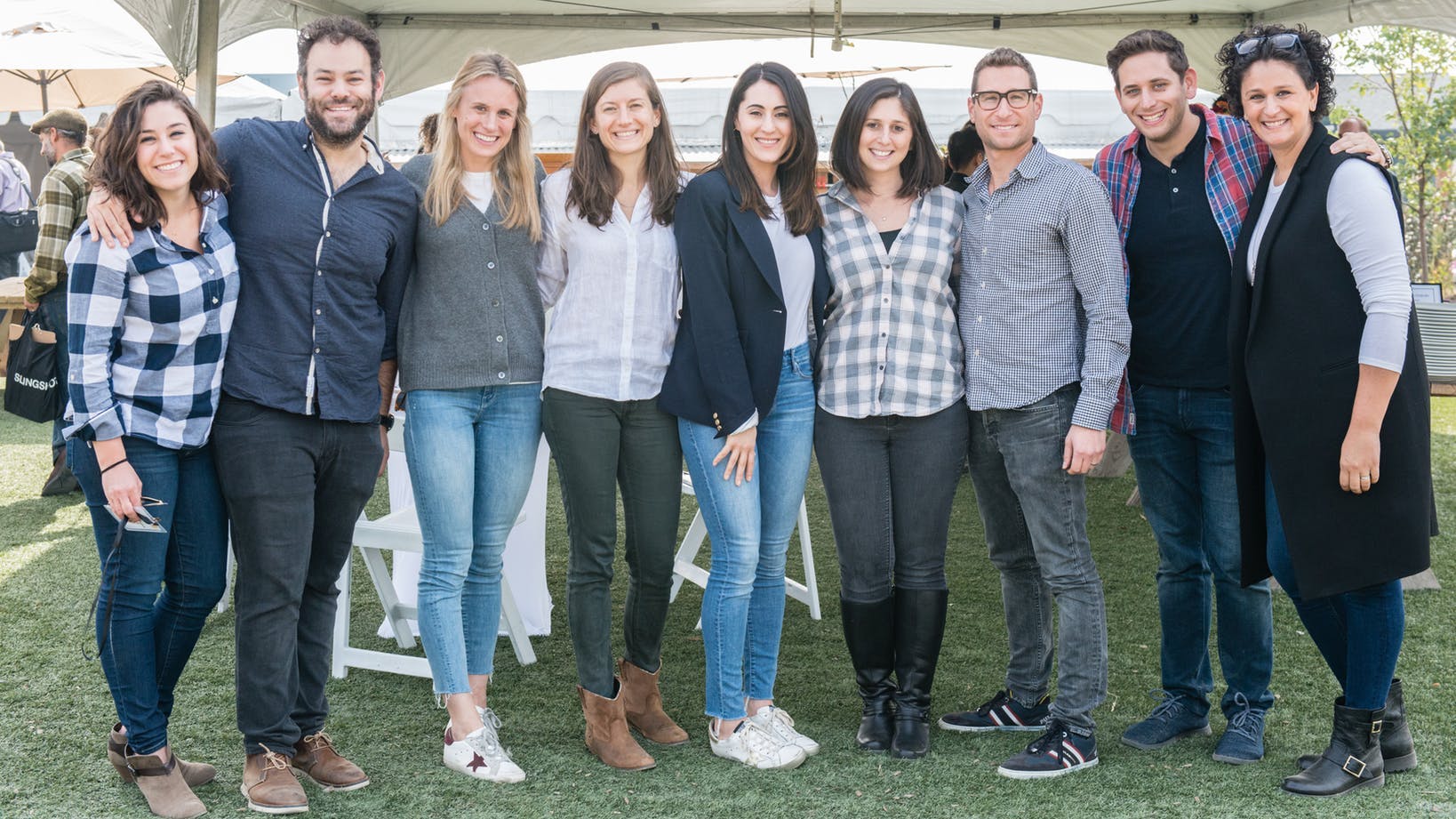As the executive director and board chair of Slingshot, an organization that engages young Jewish philanthropists to build a vibrant Jewish future, we are struck by Jack Wertheimer’s characterization of young people as the “wild card” in Jewish giving, according to a recent report. There are, indeed, many uncertainties about how millennials will shape the Jewish future. But if we want millennial giving to be a sure bet rather than a “wild card,” we must be willing to change the culture and conditions of Jewish philanthropy so that young philanthropists can make an enduring impact.
Here are five ways we can make that happen:
1. Value young Jewish philanthropists as lay leaders.
Based on Slingshot’s research and experience with young Jewish philanthropists, we know that millennials are eager to acquire new skills and assume meaningful roles as effective funders and leaders. In a recent piece, David Edell correctly advocates for the need to increase opportunities for lay leadership among young Jews. We suggest that these opportunities include: 1) Inviting young Jewish philanthropists to participate in important conversations about vital issues in Jewish life; 2) The opportunity to author op-eds and blogs articulating their perspectives about Jewish engagement and community; and 3) Ensuring that young Jewish philanthropists have an equal voice in key communal decisions. As Wertheimer notes in his report, “Most founders of foundations seem content to leave future decisions to the good judgment of their boards after they have passed from the scene.” Waiting to empower younger people until the founders have moved on misses a tremendous opportunity to elevate the creativity that young philanthropists can offer. The sustainability and growth of Jewish organizations depends on nurturing the next generation of leaders over time, not abruptly replacing the “old guard” with the new.
2. Cultivate healthy partnerships between young philanthropists and professionals.
We believe that young philanthropists and professionals need to strengthen their relationships in order to build productive, trustworthy partnerships for a vibrant Jewish future. As Wertheimer writes, “Funders owe their grantees transparency and understanding, no less than grantees owe their funders. This is something that can be fixed as funders become more self-reflective about their own internal cultures.” Young philanthropists need to be treated as full partners in shaping a stronger Jewish future for all of us.
3. Empower millennials to be co–creators, not recipients, of Jewish experiences.
For too long, the project of “engaging Jewish millennials” has been a “problem” to solve or an agenda to pursue. We believe we must move beyond treating Jewish young adults as people to “serve” or “engage.” Rather we want to empower young Jews to be the architects of their own Jewish experiences. Wertheimer is right to mention Moishe House and OneTable as organizations that center the leadership and creativity of millennials. However, we must do more than offer “events designed to attract 20- and 30-somethings” if we want to build a culture of Jewish philanthropy in which young Jews can maximize their influence. We cannot dictate what engagement or leadership looks like. We need to empower young Jews to design Jewish opportunities that excite them.
4. Invite millennial leaders to join boards.
As explained in Wertheimer’s report, young people are often put off by the “slow pace at which [they] are permitted to assume positions of influence at established Jewish institutions.” This is a frustrating and unfortunate reality because there is no shortage of young talent to harness in the Jewish community and beyond. According to an article in Forbes, millennials recently became the largest segment of the U.S. labor market, comprising 34%, and the greatest share of the U.S. population at 24%. Gen Z, born after 1996, is also growing both in numbers (21% of U.S. population) and consumer market importance. Young people are catalyzing progress in nearly every industry – technology, the arts, science, and business. The Jewish community would do well to invite young philanthropists to be part of our circles of leadership, rather than keeping them at the “kids table.” We are proud that all 12 of Slingshot’s board members are under 40, half of whom are running their own businesses. These young leaders are enriching the culture of Slingshot and offering a constructive lens for how to reimagine leadership opportunities in the field of Jewish philanthropy.
5. Understand that social connectivity strengthens young philanthropists’ commitments.
Jonathan Woocher (z”l) astutely notes that philanthropy needs to evolve from centralized to networked.[1] We cannot underestimate the importance of social experiences for young philanthropists, especially inheritors of wealth. Giving away money with intention and care can be a lonely endeavor. Young philanthropists need to develop their philanthropic muscles in partnership with their peers. They also need meeting spaces to take collective action on specific issues they care about. Slingshot has been providing these kinds of spaces since 2007 and we are mindful that the global landscape is shifting. The young philanthropists we have engaged are deeply concerned about the state of the world. They have their own views of how the world should be, and they are eager to build community with other philanthropists to bring their ideas to fruition.
Young people will only remain “wild cards” in Jewish giving if we fail to re-imagine what the future of philanthropy and leadership can look like. As we start a new Jewish year, full of promise and possibility, we are energized by young philanthropists’ enthusiasm for Jewish life, passion for change, and their desire to build productive relationships that build on the strengths of the previous generation. Together, we look forward to helping young philanthropists make a game-changing impact on Jewish life – today, tomorrow, and for generations to come.
[1] Jonathan Woocher, (9/8/2011): “Collective Impact,” Guest Blog – Builders of Jewish Education
This article was first published in eJewishPhilanthropy and can also be read here.


